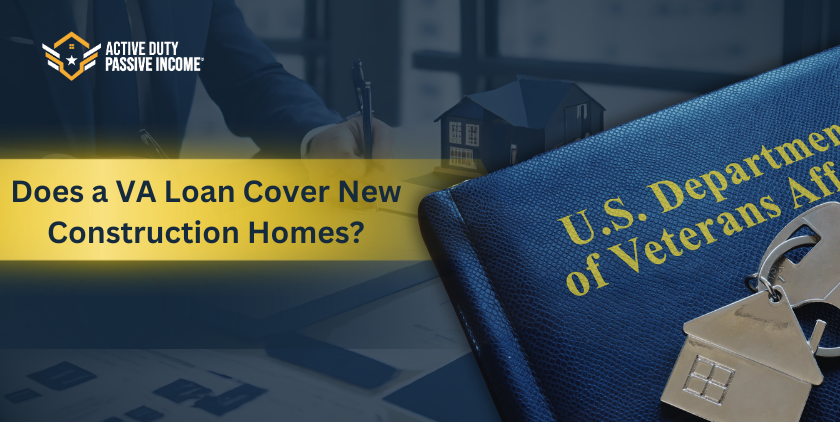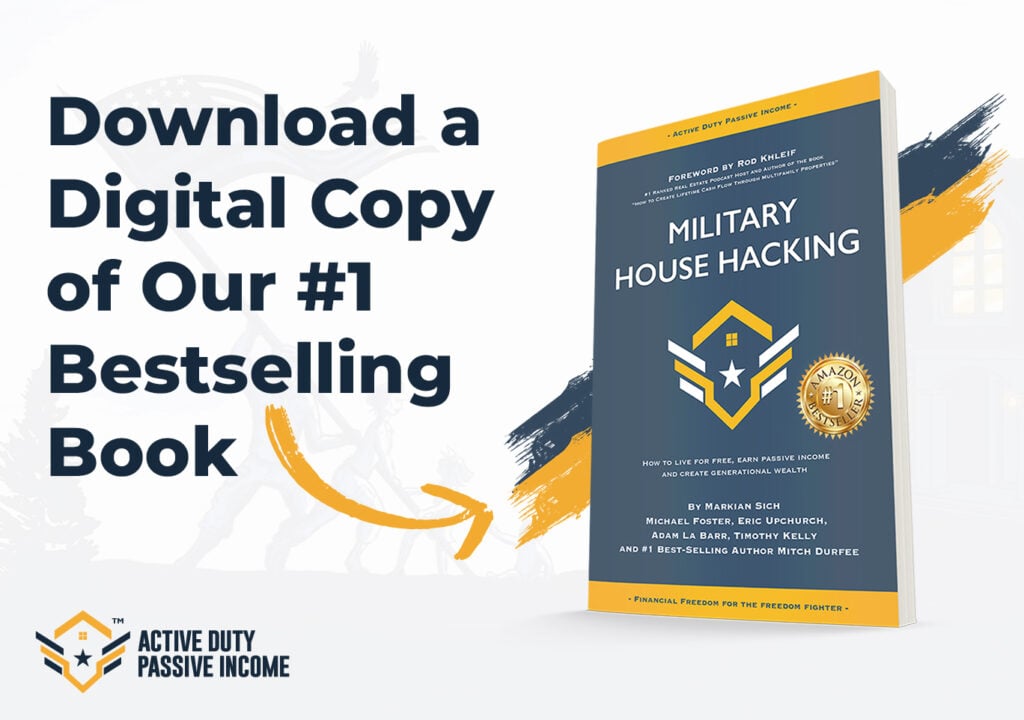Build your dream home with a VA loan—uncover the benefits and process for new construction financing!
Veterans Affairs (VA) loans have long been a cornerstone for veterans, active-duty service members, and eligible spouses looking to achieve homeownership. These loans, guaranteed by the Department of Veterans Affairs, offer numerous benefits, including no down payment, no private mortgage insurance (PMI), and competitive interest rates. While VA loans are commonly associated with purchasing existing homes, many prospective homebuyers wonder if these benefits extend to new construction homes. This comprehensive guide explores the ins and outs of using a VA loan for new construction homes, addressing eligibility, the application process, benefits, and potential challenges.
Understanding VA Loans
Before diving into the specifics of new construction homes, it’s essential to understand the basic features and benefits of VA loans. These loans require no down payment, allowing qualified borrowers to purchase a home without making a significant initial investment. Additionally, VA loans do not require private mortgage insurance (PMI), which reduces monthly payments and overall loan costs. With competitive interest rates and flexible credit requirements, VA loans are accessible to a broader range of applicants. The VA also places limits on closing costs, and sellers can pay some or all of these expenses, further reducing the financial burden on the buyer.
VA Loans for New Construction Homes
Eligibility
VA loans can indeed be used to finance the construction of new homes, but certain conditions and steps must be followed:
- VA Eligibility: The borrower must be eligible for a VA loan. Eligibility is determined by factors such as length and type of service, and includes veterans, active-duty service members, National Guard members, Reservists, and certain surviving spouses.
- Builder Approval: The builder constructing the home must be VA-approved, meeting specific qualifications and agreeing to provide a one-year warranty on the home.
- Property Eligibility: The property must meet the VA’s Minimum Property Requirements (MPRs), ensuring it is safe, sound, and sanitary.
- Loan Type: Borrowers must choose between a VA construction loan, a VA renovation loan, or a combination of both, each with specific requirements and processes.
The Process
Using a VA loan for new construction involves several steps. First, obtaining pre-approval from a VA-approved lender is crucial. This process includes verifying your eligibility, financial status, and ability to repay the loan. Pre-approval helps determine your budget and shows builders and sellers that you are a serious buyer.
Next, you need to find a VA-approved builder. This is essential as the VA will not finance the construction if the builder is not on their approved list. You can search for builders who already have VA approval or request your preferred builder to apply for VA approval. Once you have a builder, choose the land and design for your new home. The land can be purchased separately, but it must be included in the VA loan. Ensure that the property meets all VA requirements, including the MPRs.
Your builder will then need to submit detailed plans and specifications to the VA for approval. This includes architectural designs, cost estimates, and compliance with VA standards. After this, you can apply for the VA construction loan with your lender. The application process includes a thorough review of the plans, builder qualifications, and your financial status. The lender will work closely with the VA to ensure all requirements are met.
Once the loan is approved, construction can begin. Funds are typically disbursed in stages, called draws, as construction milestones are reached. An inspector will verify each stage before funds are released. After construction is completed, a final inspection ensures the home meets all VA requirements. Any necessary repairs or adjustments must be made before the final loan approval and disbursement. Once the home passes the final inspection, you can move in. The VA construction loan will then convert into a standard VA mortgage, and you will begin making monthly payments.
Benefits of Using a VA Loan for New Construction
Using a VA loan for new construction offers several benefits:
- Customization: Building a new home allows you to customize the property to your preferences and needs, ensuring it meets your exact specifications.
- Modern Amenities: New construction homes often come with the latest technology, energy-efficient features, and modern designs, providing a comfortable and cost-effective living environment.
- Warranty: VA-approved builders must provide a one-year warranty, offering peace of mind that any construction-related issues will be addressed.
- No Repair Costs: Unlike buying an existing home, new construction means you won’t need to worry about immediate repairs or renovations, saving both time and money.
Potential Challenges and Considerations
While there are significant advantages to using a VA loan for new construction, there are also challenges and considerations to keep in mind. Finding a VA-approved builder can be challenging, especially in areas with limited options. It’s essential to start this process early and be prepared for potential delays. Building a new home typically takes longer than purchasing an existing one, and delays in construction, permitting, and inspections can extend the timeline.
New construction can sometimes be more expensive than buying an existing home, particularly if you include customizations and upgrades. It’s crucial to budget carefully and be aware of potential cost overruns. The process of securing a VA construction loan involves more steps and documentation compared to a standard VA loan for an existing home. Working with experienced professionals, including your lender and builder, can help navigate these complexities. Lastly, fluctuations in the housing market and construction industry can impact costs and availability. Staying informed and working with knowledgeable professionals can help mitigate these risks.
Tips for a Successful VA Loan New Construction Process
To ensure a smooth and successful experience when using a VA loan for new construction, consider the following tips:
- Do Your Research: Spend time researching VA-approved builders and lenders with experience in VA construction loans. Read reviews, ask for recommendations, and interview multiple candidates to find the best fit for your needs.
- Get Pre-Approved Early: Obtaining pre-approval from a VA lender early in the process helps you understand your budget and demonstrates to builders that you are a serious and qualified buyer.
- Plan for Contingencies: Construction projects can encounter unexpected delays and cost overruns. Build contingencies into your budget and timeline to accommodate these potential issues.
- Communicate Regularly: Maintain open and frequent communication with your builder, lender, and the VA throughout the process. Regular updates and proactive problem-solving can help prevent misunderstandings and delays.
- Stay Involved: Visit the construction site regularly and stay involved in decision-making. Being present and engaged helps ensure the project stays on track and meets your expectations.
- Understand the Loan Terms: Make sure you fully understand the terms and conditions of your VA construction loan, including the disbursement schedule, interest rates, and conversion process. Ask your lender for clarification on any points you’re unsure about.
- Prepare for the Move: Plan your move-in date carefully, considering potential delays in construction. Coordinate with your current housing situation to ensure a smooth transition to your new home.
Conclusion
VA loans provide an excellent opportunity for eligible veterans, active-duty service members, and their families to achieve homeownership with favorable terms. While these loans are commonly associated with purchasing existing homes, they can also be used for new construction. By understanding the eligibility requirements, process, benefits, and challenges, prospective homebuyers can make informed decisions and successfully use a VA loan to build their dream home.
The journey of using a VA loan for new construction may involve more steps and complexities than buying an existing home, but the rewards of customizing your living space and enjoying modern amenities can make it a worthwhile endeavor. By doing thorough research, planning carefully, and working with experienced professionals, you can navigate the process smoothly and turn your vision of a new home into reality.
Whether you’re just starting your homeownership journey or looking to upgrade to a new custom home, a VA loan for new construction offers a viable and beneficial path to achieving your goals.








